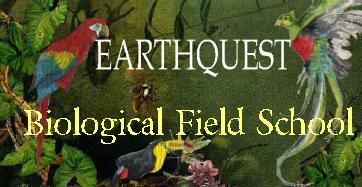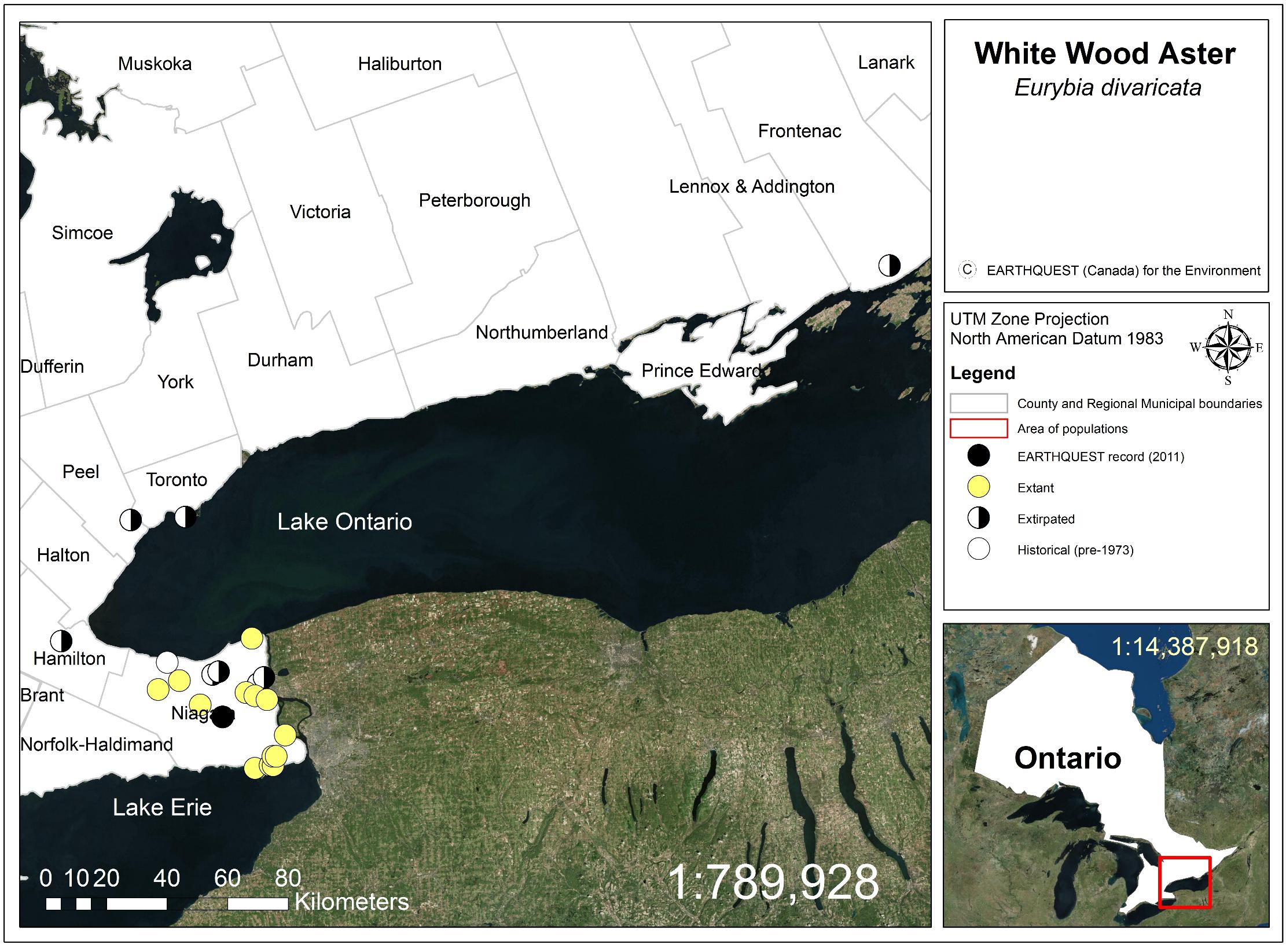
Spring | ||||||||||||||||||
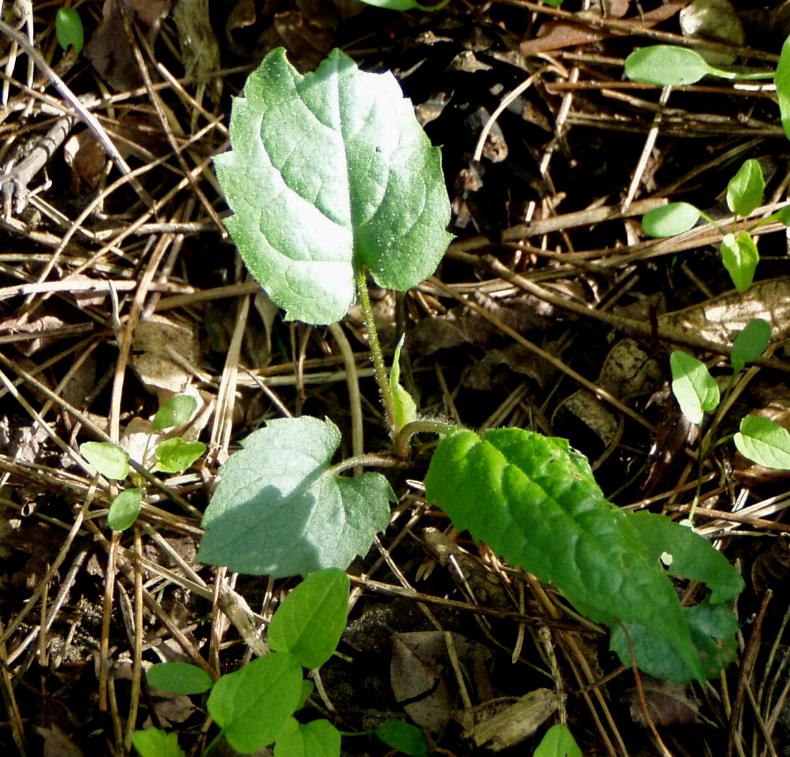 |
Emergence period: April 1 - May 20 | |||||||||||||||||
Summer | ||||||||||||||||||
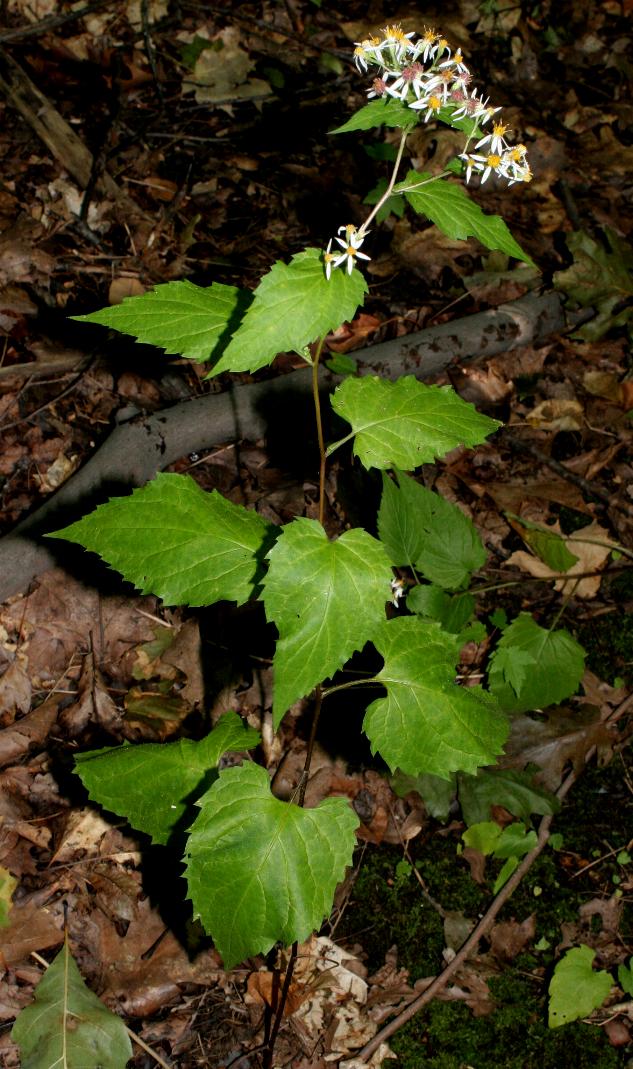 |
Bottom leaf
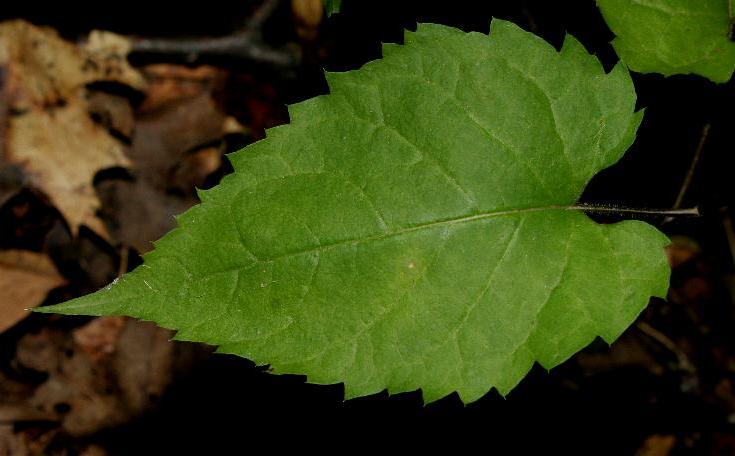 Middle leaf
| 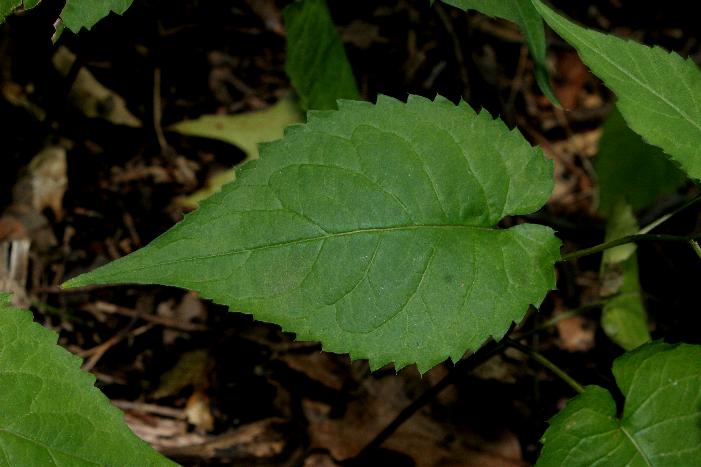 Photo: Dave Jolly Upper leaf
| 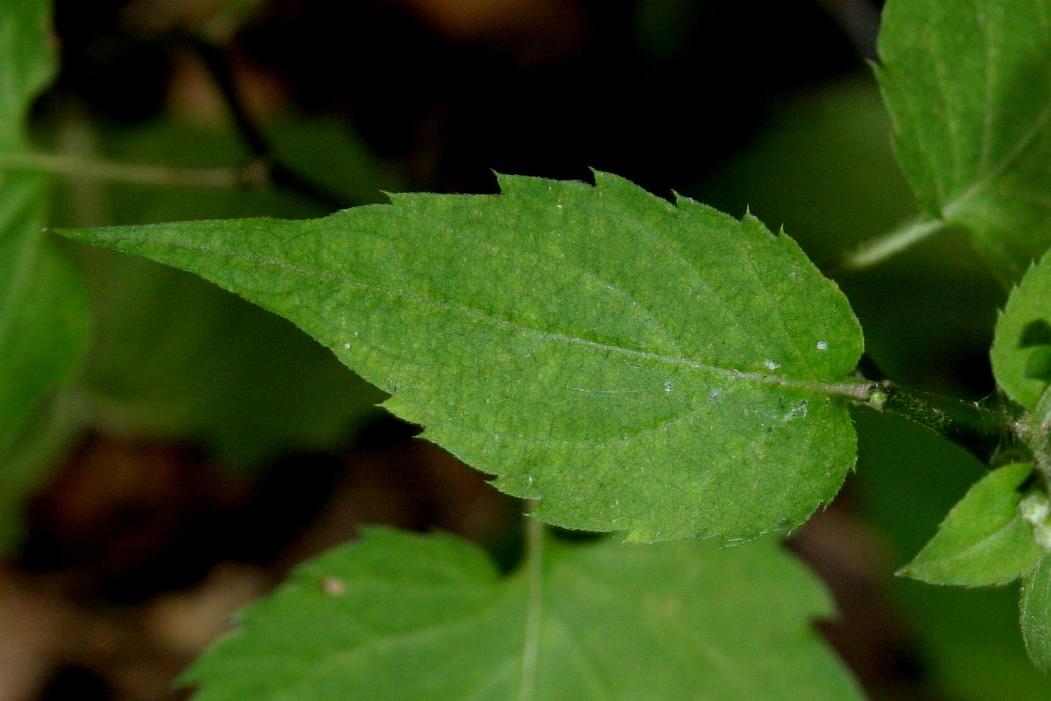 Photo: Dave Jolly Flower
|
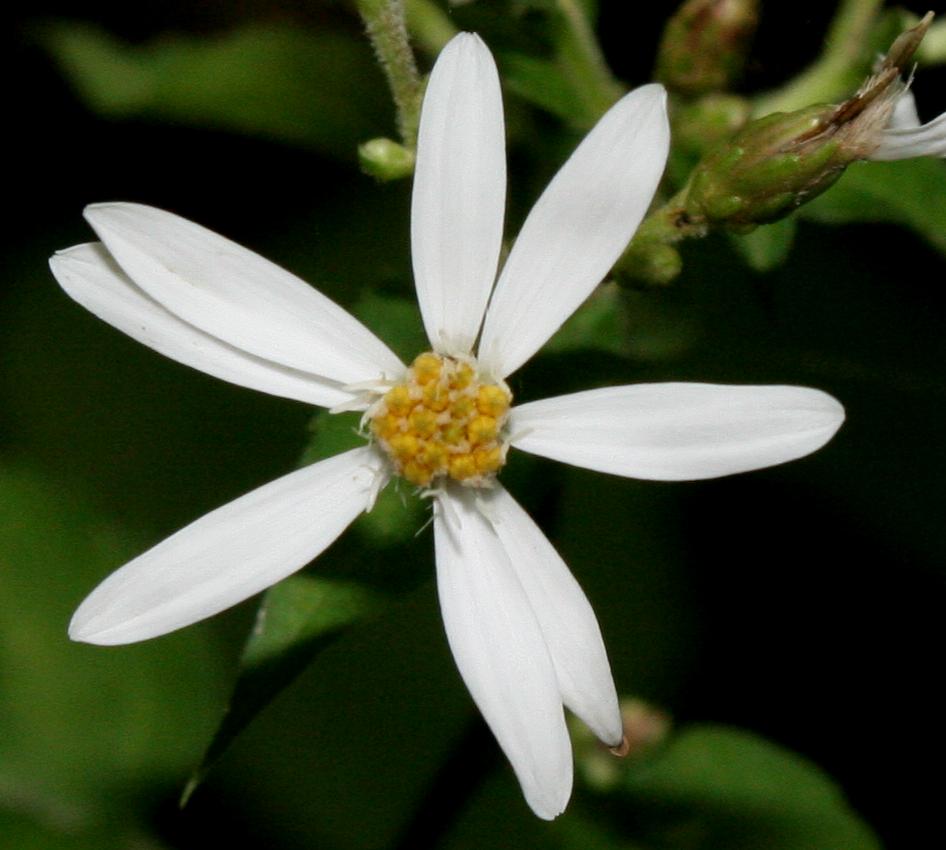 Photo: Dave Jolly Fall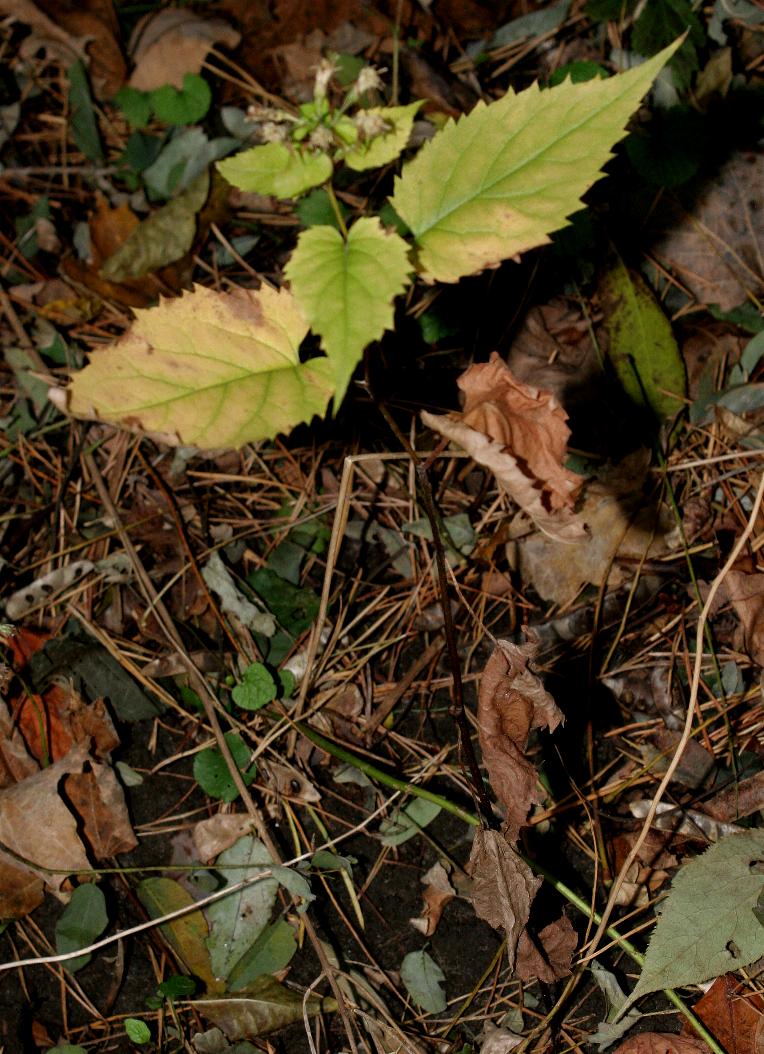 Winter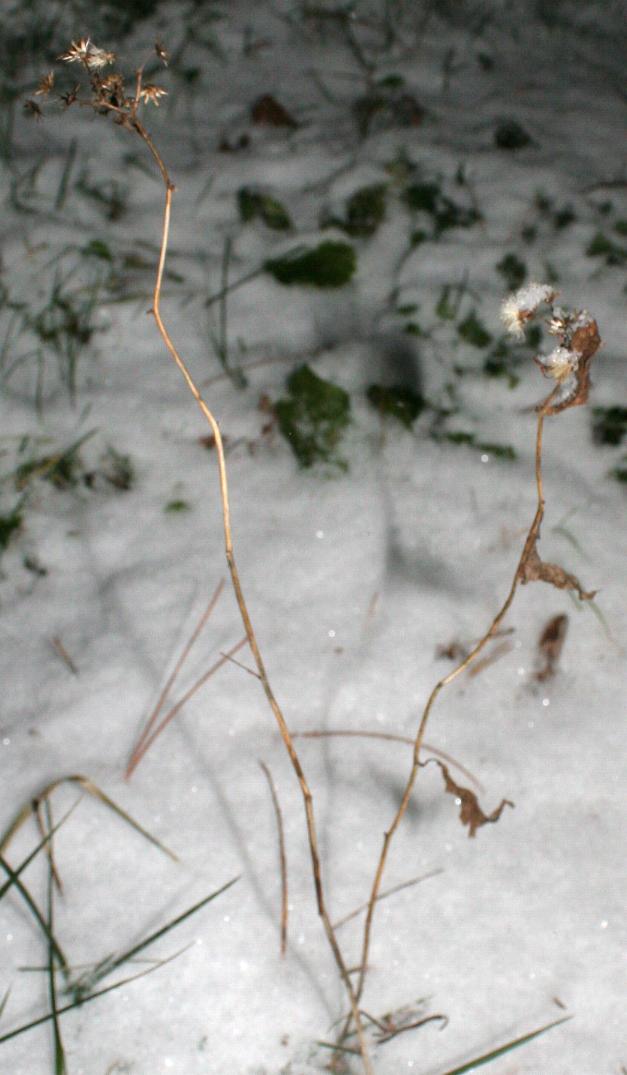
Flowering period: Most plants emerge from underground rhizomes during the first week of May, flowering from August 19th to October 16th (EARTHQUEST 2015b, Jolly 2015a).
5 Second Rule Identification: A herbaceous perennial wildflower that grows up to 80 cm tall with white flowers and flat-topped flowerhead arrangement (COSEWIC 2002, Jolly 2015a). The upper leaves are sessile, deeply serrated with short petioles. The middle and lower leaves are heart-shaped, or cordate with longer petioles and distinct closed veins (i.e., veins that wrap back to mid-rib and do not reach leaf margin). Lower leaves possess U-shaped sinuses.
Biology and Ecology: Please refer to COSEWIC (2002) for a detailed description of White Wood Aster biology and ecology. Of note, this species spreads colonally through underground rhizomes and may take up to 5 years to spread from 1 plant to 9. Insect pollinators observed by Dave Jolly include Syphrid flies (Syphridae family).
Population Size: According to the most recent COSEWIC (2002) assessment the total Canadian population size of White Wood Aster is approximately 7,500 individuals. It is difficult to approximate individual plants since they tend to grow clonally. Approximately 15 sites with extant populations occur and have remained relatively unchanged since 2002. Dave Jolly and Katherine Wright spent 1.5 hours performing a count for the Welland, Ontario population in 2015. They revealed 637 mature plants with 70 first year basal rosettes within an area of 286 square meters. The population density was 48 stems per square meter (Jolly 2015b). Fifteen Natural Heritage Information Centre Element Occurrences exist between 1893 and 2006.
Habitat & Soils: A plant of open deciduous forests (COSEWIC 2002) in well drained soils that seems to prefer some disturbance since most populations in Niagara region occur along trails. More information is needed on Ecological Land Classification vegetation type parameters to ascertain ecosite preferences for Ontario populations. One population in Niagara region was found growing in Dry-fresh Oak-Hardwood Deciduous Forest Type (FODM2-4) (Jolly 2015a).
Threats: The greatest threat is habitat destruction and browsing by White-tailed Deer. One population within a Conservation Area are threatened by invasive species such as Garlic Mustard.
Recovery: Currently, no recovery team has been assigned and no recovery strategy exists. Please refer to the following Weblink for the COSEWIC report; "COSEWIC Assessment and Status Report on the White Wood Aster Eurybia divaricata in Canada - 2002".
Biometrics: Individuals ranging in size from 24 - 80 cm in height. Leaves are cordate, or heart-shaped, and broadly ovate to acuminate with petioles: bottom leaf; 5.4 - 7.5 cm wide by 8.8 - 15.8 cm long, middle leaf; 3.5 - 5.8 cm wide by 7.8 - 11.0 cm long, upper leaf; 1.4 - 3.8 cm wide by 2.4 - 6.8 cm long.
Environmental Protection: This species received some federal protection after being designated threatened in 1995 by COSEWIC under the federal Species at Risk Act. Status was re-examined and confirmed as threatened in November, 2002. Provincially, White Wood Aster received protection by the Ontario Ministry of Natural Resources and Forestry in 2008 under the provincial Endangered Species Act when it was listed as threatened.
Confusing look-a-likes: This species resembles several species, but is most similar to Large-leaved Aster (Eurybia macrophylla) and Scheber's Aster (Eurybia schreberi).
References:
Distribution: To date, current, historical and extirpated populations have been found in 3 counties; Frontenac, Hamilton, and Niagara region. The largest population is found in Niagara region.
$35.00 CAD + shipping and handling ($15 CAD within Canada, $20 CAN to the USA) 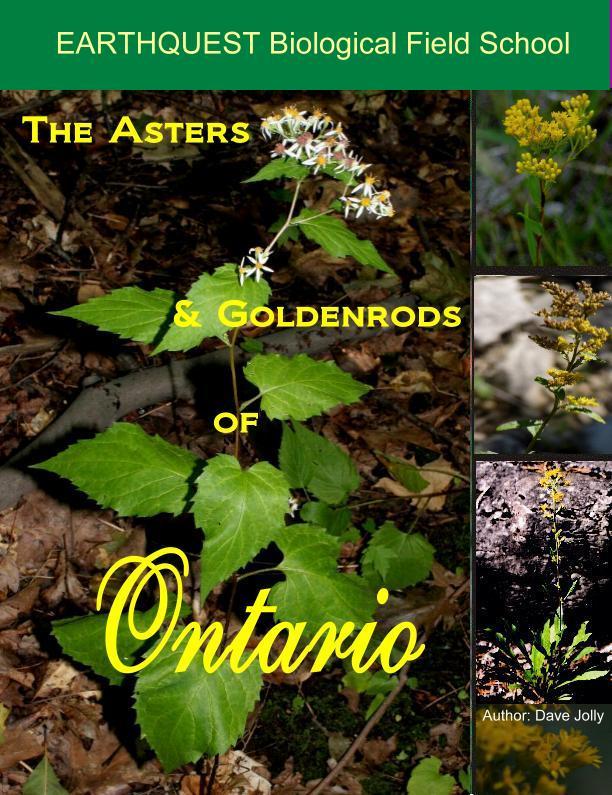
Photo: Dave Jolly for more information please click on;
Senior Instructor/Ecologist/Consultant & President D. Jolly, B.Sc.
| ||||||||||||||
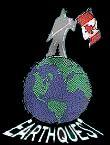 EARTHQUEST (Canada) for the Environment
EARTHQUEST (Canada) for the Environment
